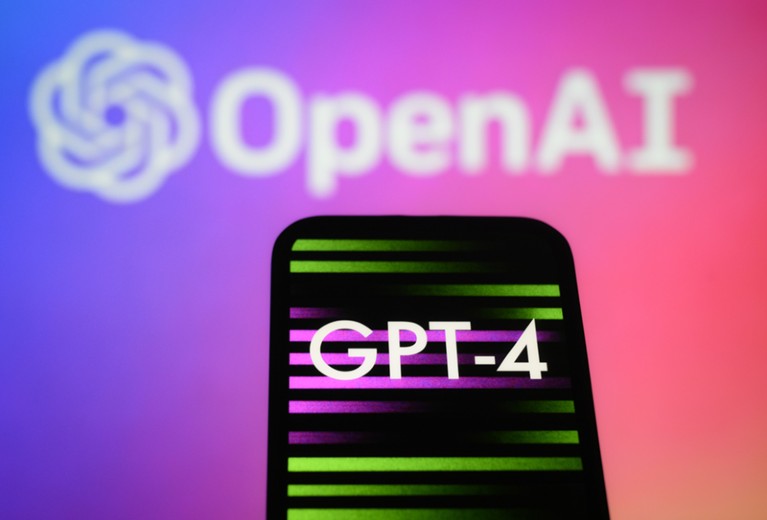What is GPT?
Generative Pre-Trained Transformer is referred to as GPT. It is a next-generation deep learning model that’s been trained using the data available on the web. GPT3 is currently the most sophisticated GPT model which has 175 billion parameters. GPT3 has already demonstrated its incredible power in producing human-like content. It is also being used in various applications such as chat Bots, language translation, and content writing.
Openai GPT4

GPT4 is the next recurrence of GPT models and is anticipated to feature even more parameters potentially up to 1 trillion, therefore GPT4 will be even more precise and human-like in its speech. Sam Altman(CEO of Openai), nonetheless, denied this when asked about it. There may not be 100 trillion parameters in GpT-4, but there will certainly be more than in GP3. The additional parameters will enable GPT4 to fully grasp the outside world and decide more effectively, but that’s not all.
By 2030, we might see gpt7, which is rumored to have 120 trillion synapses, which is an overwhelming number and makes it difficult to even begin to imagine the possibilities of a model with that many parameters. The actual difficulty lies in figuring out how to train such a huge model, but it’s not only about its size. GPT4’s real power is its precision which is expected to recreate human speech and voice patterns even more effectively than gpt3.
One approach for doing this is through a process known as rlhf reinforcement learning from human feedback, in which the model is trained using input from human users via options like the thumbs-up or thumbs-down buttons that are present in chat GPT. As a result, gpt4 is less vulnerable to false information and harmful content. Another crucial feature of GPT4 is its capacity to comprehend and navigate the outside surroundings. GPT3 lacks a rational theory of mind and is unaware of the existence of the outside world, which can be a drawback in some applications. However, GPT4 might make a shift towards a more general understanding of the world, allowing the model to make better decisions.
Gpt4 Model Sparsity

Given the history of Openai to create dense models like GPT3, it is surprising that GPT4 is anticipated to be very large and very sparse. The adoption of sparsity in GPT4 could significantly improve its performance and efficiency as it would take minimal computing resources to execute. As it is rumoured to have 100 trillion parameters, it would be a very huge AI model.
GPT4 expected to be Multimodal
GPT-4 is anticipated to be a multimodal language model that can handle a wide range of inputs including images, text, audio content, and even video. Given the remarkable ability of language models to produce human-like text and the latest developments in multimedia procreative artificial intelligence, it’s reasonable for OpenAI to continue exploring this sector with GPT4. It is not yet clear how GPT-4 will be capable of managing these different input modalities, however, using multimodal input and output is an essential approach for the future of AI.
Training Cost

GPT4’s expected training expense is around 6 million dollars which are significantly lower than that of its past iterations at 12 million dollars per training cycle. This indicates that Openai has achieved a means to cut the cost of training huge language models. This could be accomplished in a number of ways. One possibility is that Openai has enhanced its optimization at software level, enabling it to develop the model more effectively. Another possibility is that GPT4 can take advantage of faster chips or hardware,which reduces the expense of the computational power needed to train the model.
Although some of the rumors may be false, we are positive that this model will be astounding, and simply intriguing. Chat GPT’s internet access appears to have been intentionally restricted by Openai. If the GPT-4 Chat version has internet access this will greatly improve the model and make it more useful.
How GPT4 can be used in different areas
- It’ll be able to generate text in an even more precise and human-like speech.
- It’ll be able to translate numerous languages and handle more complicated expressions and grammar.
- It’ll be able to provide solutions to more complex and specific questions.
- It might be used to build even more advanced and user-friendly chatbots for customer service.
- It’ll be able to provide a more detailed summary of documents and articles.
- It can also be used for High-quality content for websites and other social media platforms.
- It can be used to write more original and error-free code.
- It can also be used to to improve image generation, blueprints, and even 3d models.


